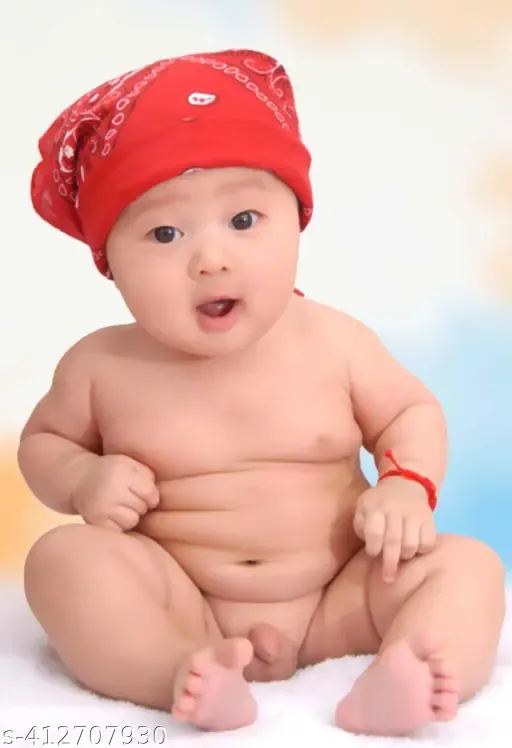Colors can often symbolize more than just affiliations with sports teams or school pride. This realization came to me through an enlightening experience with my son at Boston’s Logan International Airport.
While I was excitedly browsing for Red Sox merchandise to bring home, my five-year-old twin son, Ethan, approached me with an unexpected proclamation. “Mom! I’m done with Red Sox!” he exclaimed, surveying my collection of items. My heart sank, feeling as if he had just renounced pizza and ice cream.
“What I really need,” he asserted, hands on his hips, “is a Yankees hat!” Even though we reside in Colorado, family from New England regularly sent Red Sox gear for the boys, including caps, mitts, and coordinating t-shirts. It hadn’t occurred to me that most of these items were typically worn by his identical twin, Leo.
When they were born, the twins looked so alike that I felt overwhelmed by the prospect of distinguishing them. I resorted to color-coding their outfits—Ethan was often dressed in blue or green, while Leo sported red or orange. Over time, they developed preferences for their respective colors.
At preschool, the identifiers “blue/green” or “red/orange” didn’t suffice for their classmates. Friends referred to them as “EthanLeo,” and the boys never seemed to mind.
As they grew older, a beloved aunt introduced them to a checkerboard set decorated with Red Sox and Yankees helmets. I didn’t think much of it when Ethan frequently represented the Yankees. However, here he was, demanding a Yankees hat in the heart of Red Sox territory.
I felt the eyes of everyone in the store on us. I nearly considered silencing him and hiding him under the display table before any security could intervene. Instead, kneeling to his level, I pleaded, “Sweetheart, remember, we are Sox fans?”
“No, Mommy,” he insisted loudly. “I love the Yankees!”
A nearby customer chuckled, and I felt my frustration rise. Just then, Leo dashed over in his Red Sox cap, drawn by the commotion. The clerk, noticing the twins, asked, “Are they identical? How do you tell them apart?”
“One’s a Sox fan and the other likes the Yankees?” the customer quipped. “That’s just wrong.”
In that moment, I understood the deeper significance of Ethan’s request. It transcended baseball loyalties; it was about his desire to carve out his own identity. While I had focused on making it easier for myself and others to differentiate the twins, I hadn’t considered how it felt to Ethan to be consistently grouped with his brother. He wanted to wear Yankees gear to assert his individuality.
I set aside my feelings about the Yankees and bought Ethan the hat he desired at a local store. I also encouraged individual playdates and worked with my husband to find distinguishing traits—Leo was slightly taller, while Ethan’s eyes were a bit closer together. Eventually, I even supported Ethan’s decision to root for the Jets instead of the Patriots, despite the confusion it might cause among fans.
Ultimately, it’s crucial to remember that identity formation is a natural part of childhood development. Each child, even twins, should feel empowered to express their preferences and individuality. For more insights on similar topics, you can check out this excellent resource for pregnancy and home insemination at Facts About Fertility. Additionally, if you’re interested in exploring home insemination kits, Make A Mom offers great information. And for further reading on the subject, you can visit Intracervical Insemination.
Summary
This article reflects on a personal experience involving a child’s expression of identity through sports team preferences, highlighting the importance of individuality, especially in the context of twins. As children grow, their need to establish a unique identity can manifest in various ways, often leading to eye-opening moments for parents.
